How to be SunSmart: Slip Slop Slap Seek and Slide
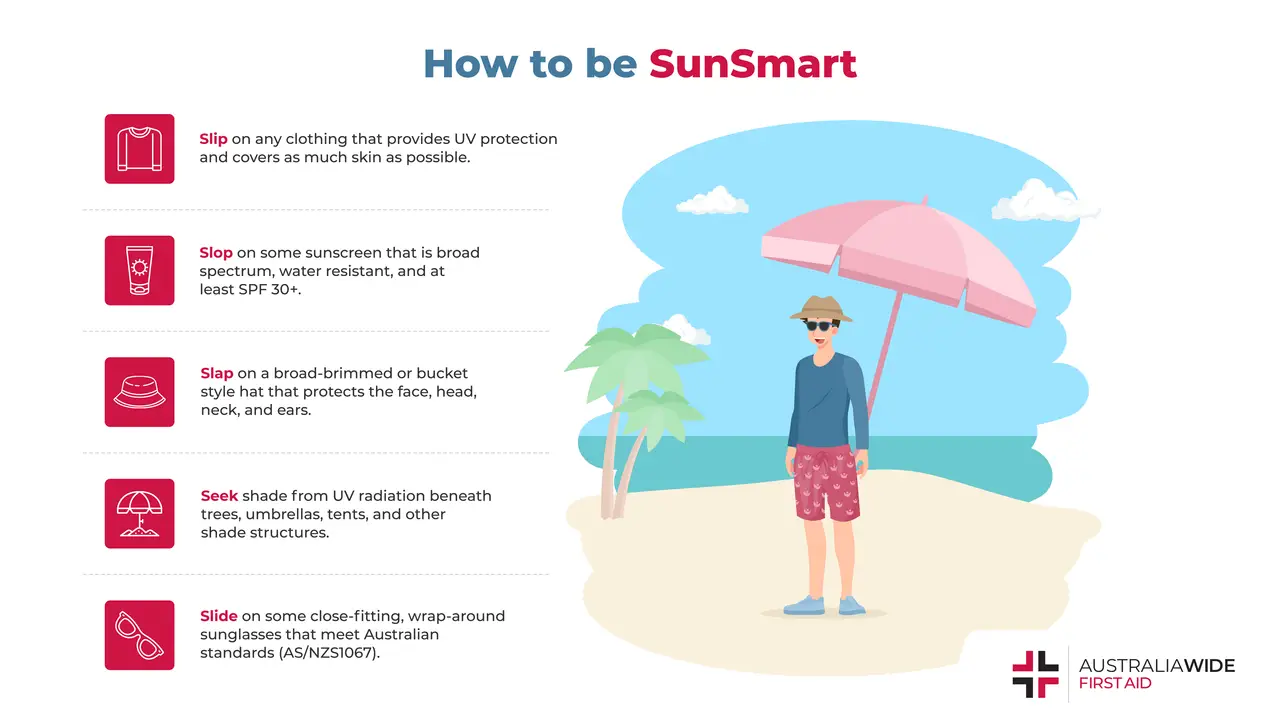

In Australia, at least 2 in 3 adults will be diagnosed with skin cancer in their lifetime. This is largely due to the country’s proximity to the equator with high ultraviolet (UV) levels all throughout the day and the vibrant outdoor culture embedded in every Australian.
With summer just around the corner, the risk of developing skin cancer is significantly higher compared to other times of the year. Today, we’ll be looking at the Slip, Slop, Slap, Seek, and Slide campaign aimed at fighting the dangers of skin cancer.
Established by Cancer Council Victoria in 1981, the Slip, Slop, Slap slogan became the core campaign for the Cancer Council’s SunSmart program in educating both young and old Australians on the importance of sun protection.
The campaign featured Sid the Seagull slipping on a shirt, slopping on some sunscreen, and slapping on a hat in a catchy jingle and tune. This campaign showed great success in the decades to come as it shifted Australian attitudes and behaviours when it came to sun protection.
In 2007, the slogan was upgraded and relaunched to Slip, Slop, Slap, Seek, and Slide – adding two more goals to the sun protection regime – seek out shade, and slide on some wrap-around sunglasses!
Today, SunSmart hats are standard equipment for any beach outing and all schools have a comprehensive SunSmart policy in place. Many existing policies, attitudes, and behaviours seen today regarding sun exposure and being SunSmart can be greatly attributed to this very campaign.
The next time you trail down to the beach or bushwalk in your local area, don’t forget to slip, slop, slap, seek, and slide before heading out!
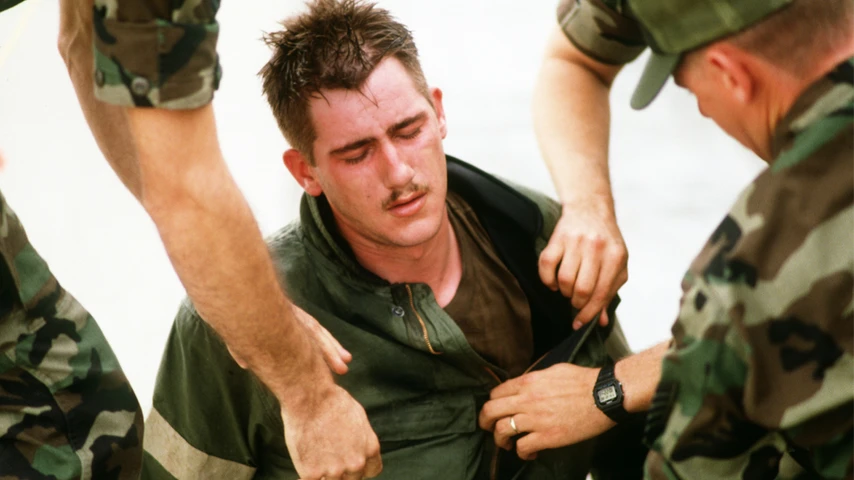
When exposed to the sun, your skin is exposed to UV rays that can be harmful to the skin if exposed for long periods of time. While UV rays cannot be seen with the naked eye, they can go through the skin and cause long-term damage if not rectified earlier.
This can cause your skin to be sunburnt which can cause your skin cells to die, become damaged, and even develop skin cancer. With repeated skin damage, the skin begins to look dry, wrinkled, discoloured and leathery.
Typically, sunburn symptoms appear several hours after exposure. However, if symptoms worsen, these can develop into large blisters, headaches, vision changes, severe swelling, and fevers.
It’s important to seek medical attention if you are sunburned and experience a fever over 39 degrees Celsius, dehydration, confusion, and dizziness.
Another dangerous effect of long-term sun exposure is heatstroke. This happens when the body overheats due to prolonged exposure to high temperatures when the body temperature rises to 40 degrees Celsius or higher.
Untreated heatstroke can quickly cause damage to the brain, heart, kidneys, and muscles. If damage worsens, it can even cause death.
It’s important to take immediate action to cool the overheated person by getting the person under the shade or indoors, remove excess clothing, and to cool the person by whatever means possible.
With sandy beaches, crystal clear water, and sunny skies, it’s no wonder Australians have a deep-rooted love for the outdoors and the beaches that envelop the country’s coasts.
However, as the country with one of the world’s highest rates of skin cancer, being SunSmart is more than just reducing your risk of skin cancer – it’s about making good choices that protect you and your loved ones from long-term sun exposure.
According to SunSmart, around two-thirds of Australians will be diagnosed with skin cancer by age 70.
Furthermore, melanoma was the fourth most diagnosed cancer in Australia in 2016, with roughly 2000 Australians dying from skin cancer each year – making Australia the country with one of the highest rates of skin cancer in the world.
In being SunSmart, it not only lowers your odds of skin cancer, but also protects you from dangers posed by extended periods of sun exposure.
In being SunSmart, following the steps outlined by the Slip, Slop, Slap, Seek, and Slide campaign is more than enough to keep yourself protected from the dangers of high UV exposure and temperatures.
Below are the five steps outlined and how you can apply them to your daily lifestyle:
When exposed to the sun for prolonged periods of time, this can increase your risk of sunburn and heat stroke which have life-threatening consequences if not treated with first aid. To prevent worsening conditions, let’s look at the first aid exercises you can do for both sunburn and heat stroke.
For sunburn, first aid will offer some relief from the discomfort and promote healing for the skin. Some first aid steps you can take include:
For heatstroke, it’s important to apply first aid as soon as possible to regulate the body’s temperature and lower it down to healthy levels. This is to avoid eventual brain damage as the body is unable to regulate itself and internal temperatures will continually rise. The first aid steps you should take include:
Generally, if inflicted with sunburn, the wounds will clear in 3 to 5 days, while more severe burns may take a couple of weeks. For heatstroke, depending on the severity, it may take 1 to 2 days to recover. In the case of organ damage, it may take 2 months up to a year for full recovery.
Prolonged sun exposure can be detrimental to one’s long-term health and can even cause death at its worst. With the days stretching out longer and temperatures slowly rising, it’s important to take precautions as outlined in the Slip, Slop, Slap, Seek, and Slide campaign.
By doing so, you’ll not only reduce your risk of skin cancer but actively avoid other dangers of sun exposure such as being sunburnt and heatstroke.
To learn more about how you can avoid the dangers of sun exposure and high temperatures, you can attend our Australia Wide First Aid Course to equip yourself with the knowledge and skills to keep yourself and loved ones safe this summer.
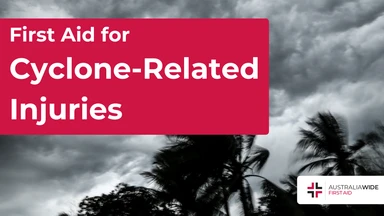
March 3, 2025
Injuries during cyclones often result from flying debris, collapsing structures, and flooding. Knowing basic first aid can help prevent further harm while waiting for emergency services.
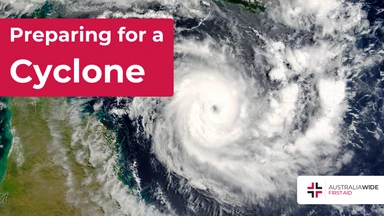
March 3, 2025
If a cyclone makes landfall, meaning that it crosses from the sea onto land while still being strong enough to be classified as a cyclone, the damage it can cause can be disastrous. Preparation is key to minimising the risks associated with cyclones. The damaging weather can last for days, exacerbating risks as hazards intensify.
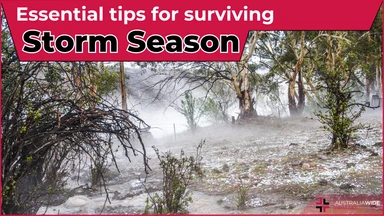
November 1, 2024
Severe storms are a common and dangerous occurrence in Australia, particularly in regions like Queensland. These storms can bring large hail, damaging winds, heavy rain, and occasionally tornadoes, all of which can put both people and property at risk. Preparing for and responding to severe storms effectively is key to ensuring safety.